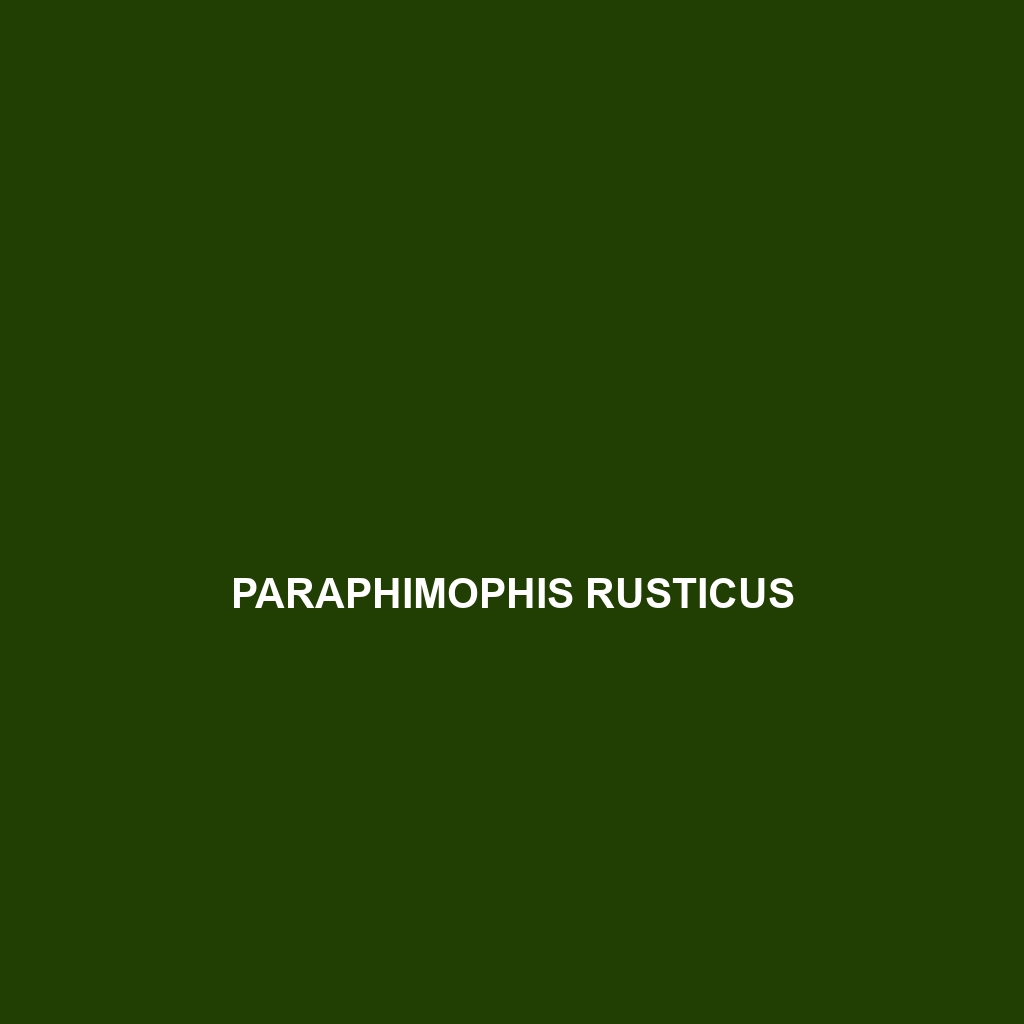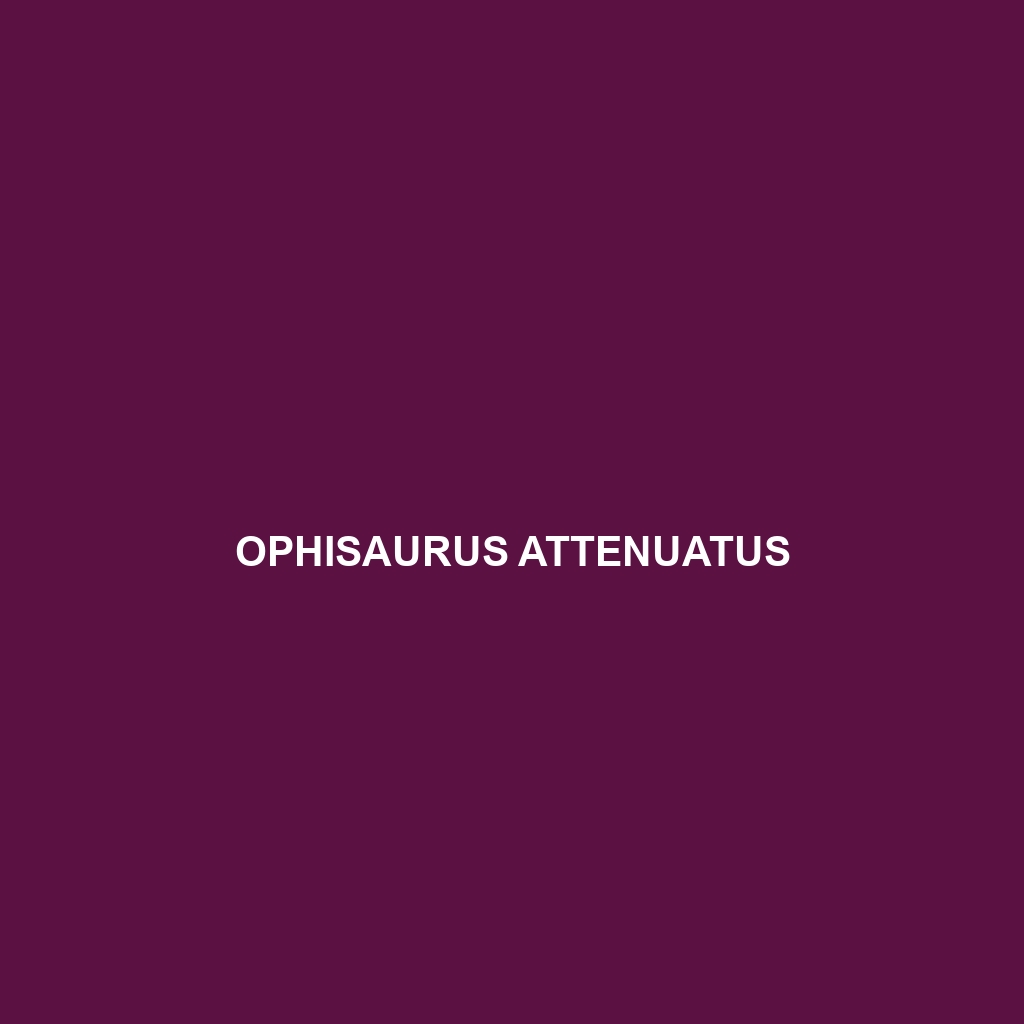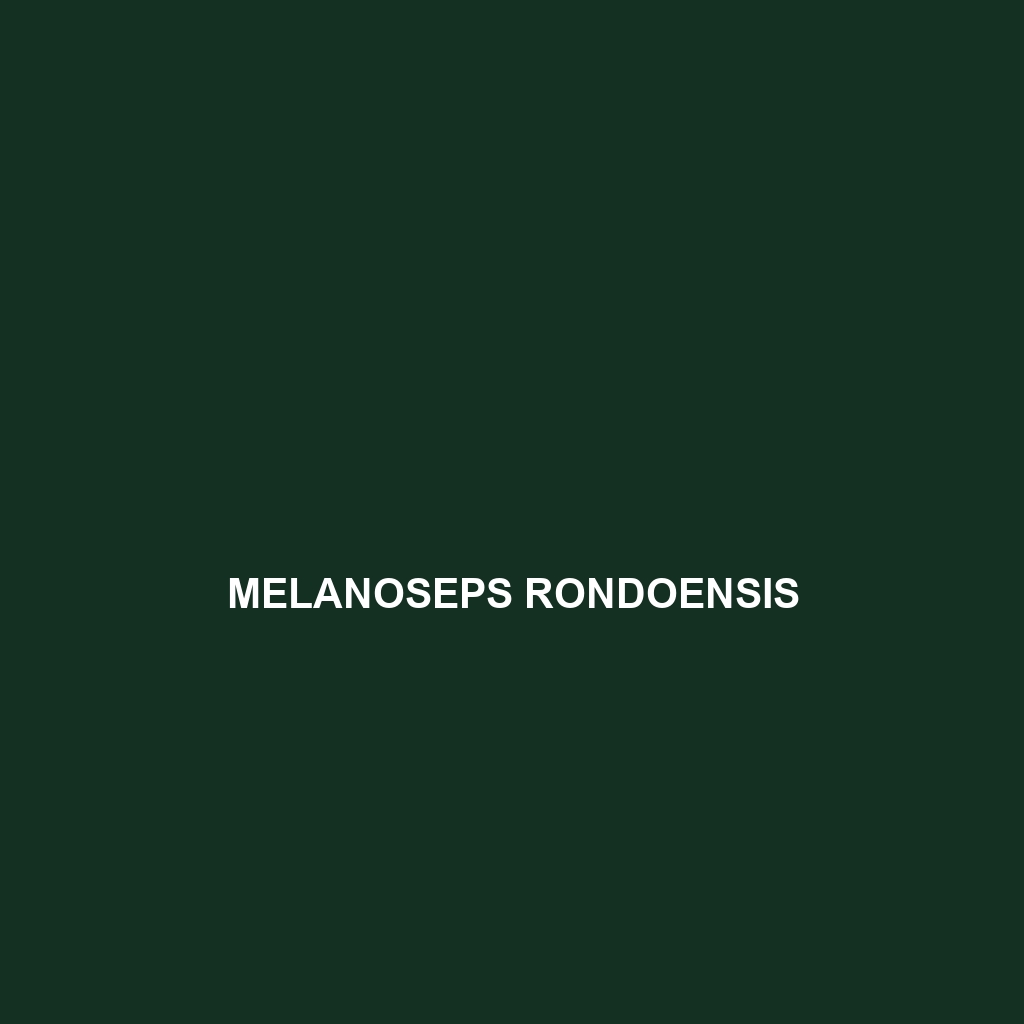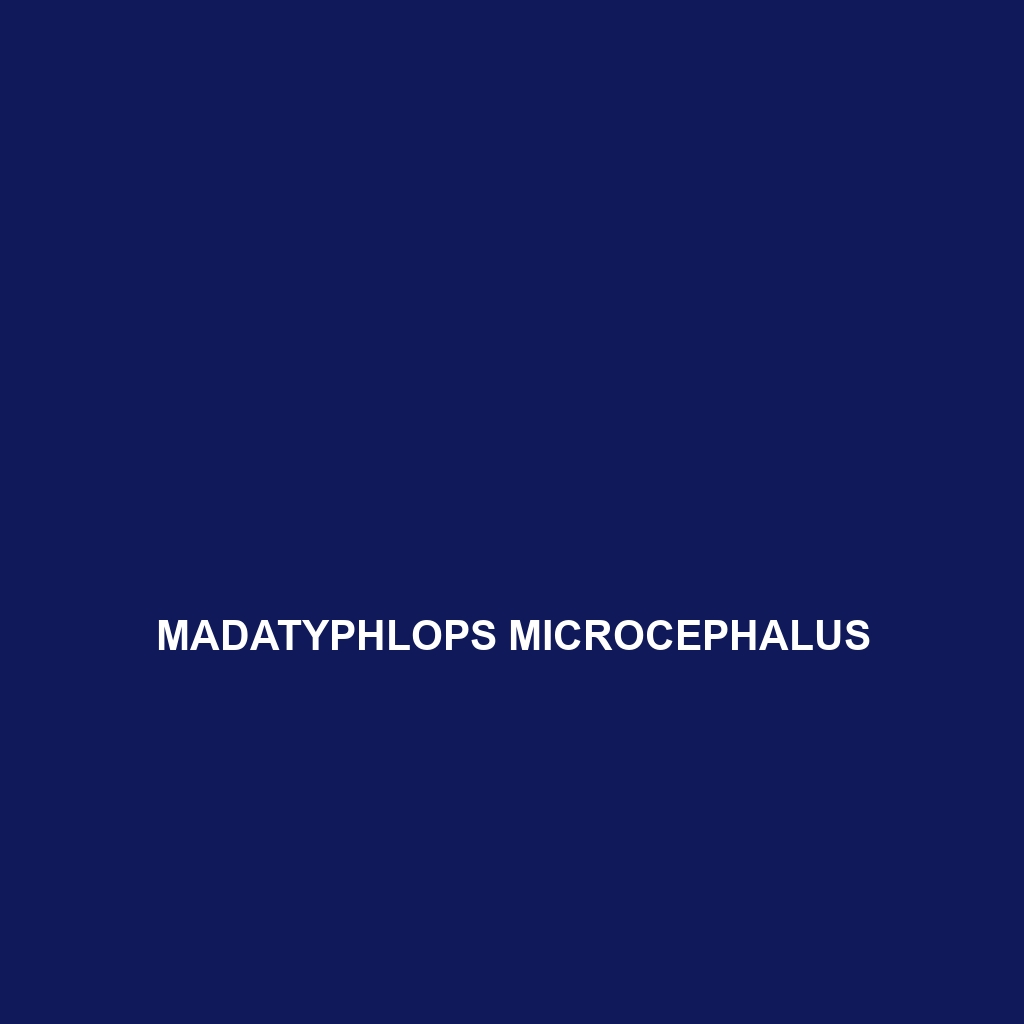Discover the Cuyana Snake (<i>Phalotris cuyanus</i>), a striking South American reptile known for its vibrant coloration and slender body, thriving in the diverse habitats of Paraguay, northern Argentina, and southern Brazil. As a diurnal predator, it plays a crucial role in the ecosystem by regulating populations of small mammals and reptiles.
Tag: environmental preservation
Pelomedusa olivacea
Introducing the Pelomedusa olivacea, or African mud turtle, a resilient and adaptable species found in tropical and subtropical freshwater habitats across Africa. This omnivorous turtle features an olive-green to brown carapace, thrives in diverse ecosystems, and plays a crucial role in maintaining the health of its aquatic environment.
Paroedura vazimba
<p>Discover the <b>Paroedura vazimba</b>, or Vazimba gecko, a fascinating medium-sized gecko native to Madagascar's rainforests. Renowned for its vibrant coloration, nocturnal behaviors, and role in insect population control, this vulnerable species is an essential player in its unique ecosystem.</p>
Paraphimophis rusticus
Discover the remarkable Paraphimophis rusticus, a nocturnal serpent native to Central and South America's rainforests, characterized by its slender body, unique coloration, and keen prey-capturing abilities. This versatile predator plays a crucial role in its ecosystem, regulating insect populations while adapting to various habitats.
Ophisaurus attenuatus
Discover the Slender Glass Lizard (Ophisaurus attenuatus), a unique, legless reptile found in the southeastern United States, known for its impressive length of up to 3 feet and smooth, shiny skin. With a diet primarily consisting of insects and a fascinating defense mechanism of tail autotomy, this adaptable species plays a vital role in maintaining ecological balance.
Nucras caesicaudata
Discover the vibrant Nucras caesicaudata, or blue-tailed skink, known for its striking blue tail and agility. This adaptable insectivore inhabits diverse environments across sub-Saharan Africa, playing a crucial role in maintaining ecological balance.
Ninia schmidti
Discover the captivating Ninia schmidti, a nocturnal snake native to the lush temperate and tropical lowland forests of Central America, distinguished by its striking dark brown or black body adorned with vibrant yellow or white stripes. As an insectivore, it plays a vital role in its ecosystem by controlling insect populations and contributes to biodiversity as a keystone species.
Metlapilcoatlus olmec
<div class="woocommerce-product-details__short-description"> <p><b>Metlapilcoatlus olmec</b> is a striking, nocturnal species found in the lush rainforests of Central America, recognized for its vibrant brown and green coloration, robust body measuring 75-100 cm, and critical role in maintaining ecosystem balance as an omnivore. Currently classified as vulnerable, this fascinating creature faces threats from habitat destruction while playing a pivotal part in seed dispersal and insect population control.</p> </div>
Melanoseps rondoensis
Introducing the Rondo Skink (Melanoseps rondoensis), a vibrant olive-green insectivore native to the rainforests of southeastern Africa, known for its distinctive elongated tail and agility in foraging. This vulnerable species plays a crucial role in maintaining ecological balance by controlling insect populations and contributing to plant diversity.
Madatyphlops microcephalus
Madatyphlops microcephalus is a small, legless snake native to the rainforests and savannas of Madagascar, measuring 25 to 35 cm in length with a cylindrical body adapted for burrowing. Primarily nocturnal and an insectivore, it plays a crucial role in controlling insect populations while facing threats from habitat destruction.









